
Construction Help - Foundations
A proper shed foundation is important: it helps to ensure that your building will provide years of enjoyment. A good foundation helps to achieve a level floor, which you definitely want. If your floor is not well leveled to begin with, your measurements will not match, creating problems later when you’re assembling the rest of your building.
Here is some information on a few basic options:
Patio Stones
Patio stones are the easiest method for supporting a wooden floor and creating a solid shed foundation. They’re available at your local building supplier and are usually at an affordable price point. The standard recommended patio stone is 12" x 24" and 1.5" thick, available sizes will vary slightly in different areas. So long as your patio stones are fairly close to this size you should be just fine.
Sample Gallery
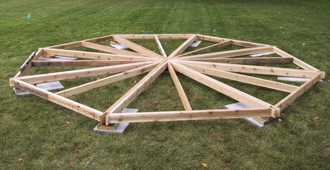

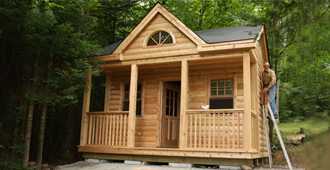
Gravel Foundation
A gravel shed foundation is best for drainage on rainy days and when snow melts around the building perimeter. Make sure you properly prepare for a gravel foundation and perform an excavation of approximately 4-5” of top soil. The size of your foundation pad should be approximately 2’ larger than your actual building footprint, allowing for proper drainage. Though not required, a solid and secure perimeter frame ensures that the stone is kept in place.
Sample Gallery
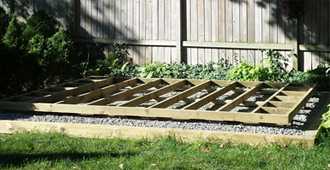

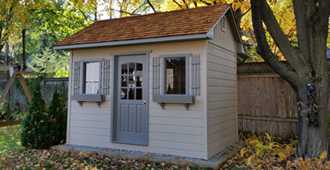

Cinder Blocks
Cinder blocks are another easy way to level your True North design for a shed foundation that will stand strong. They can be purchased from your local building supplier and may be used to level a structure on a moderately steep slope. To prevent sinking, set the cinder blocks on top of patio stones. To hide the cinder blocks, you can attach a skirt, which can also help to keep critters out from the underside of your structure.
Sample Gallery
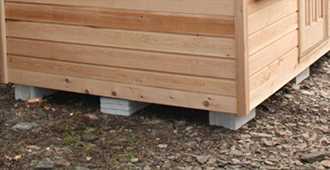

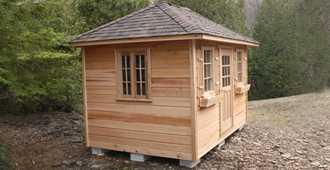
Concrete Footings
Footings are generally the shed foundation of choice for larger structures like cabins and cottages. Although difficult, you’ll know you’re laying a foundation right and can be sure it will last. Footings are interspersed in the ground below the frost line and concrete is poured until level. The tubes are then cut and your structure is affixed to the tubes. In cases where a building permit is needed (i.e. the area of the structure exceeds 110 square feet), footings may also be the preferred choice. Check your jurisdiction's building codes for rules and regulations when it comes to structure size.
Sample Gallery
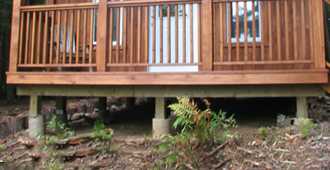

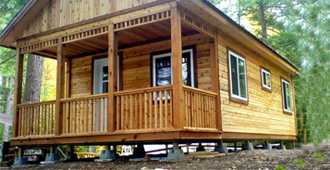

Concrete Pad
Concrete pads are usually turned to when constructing garages or pool houses/cabanas, as pool equipment such as a gas pool heater shouldn’t sit directly on a wood floor. This type of shed foundation provides a concrete base into which your walls can be mounted with no need for a wood floor.
Sample Gallery
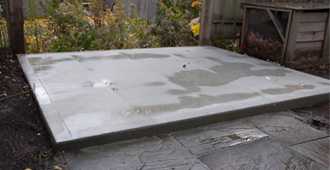

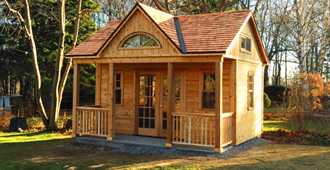
We hope you find this helpful. There are many different options for foundations, there are just a few of the more popular ones.


